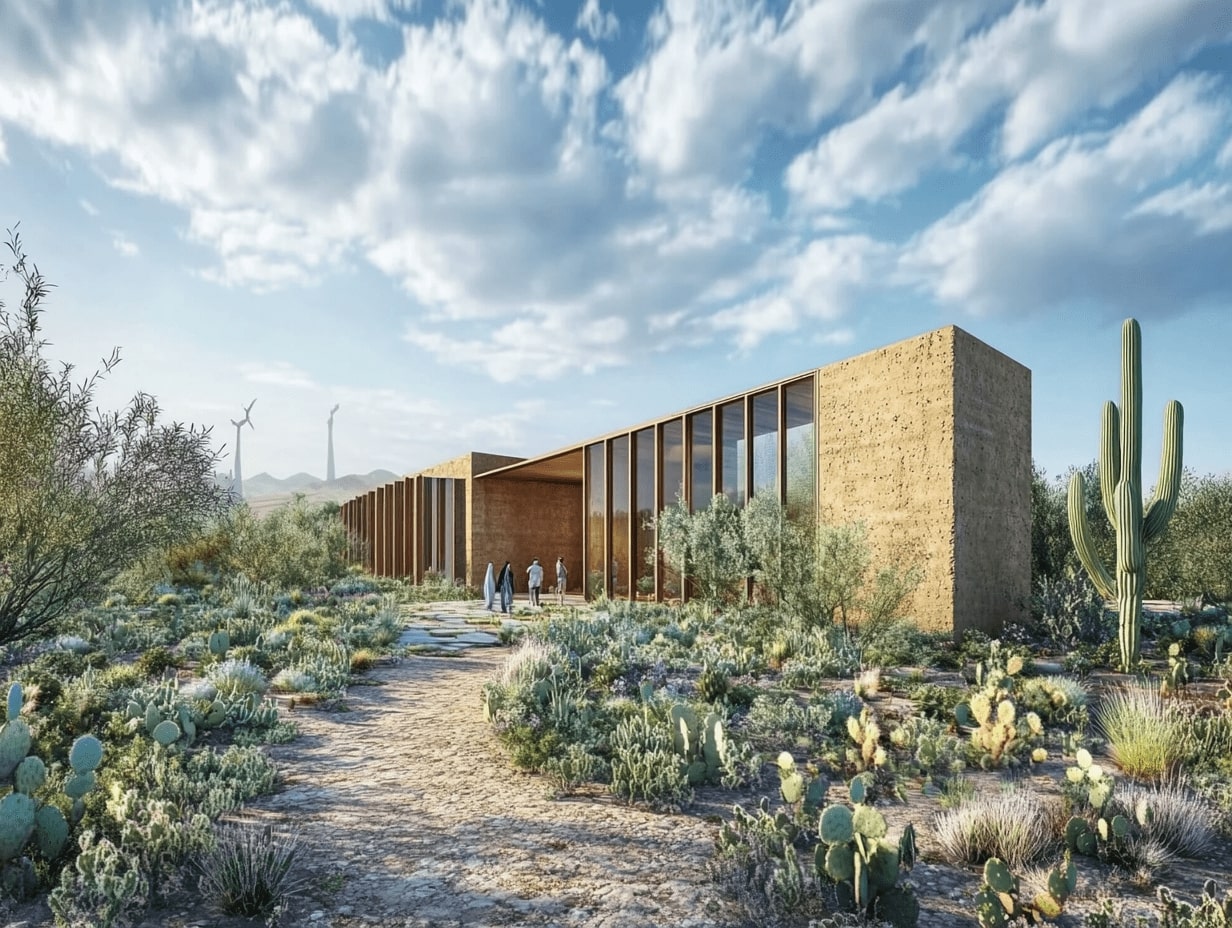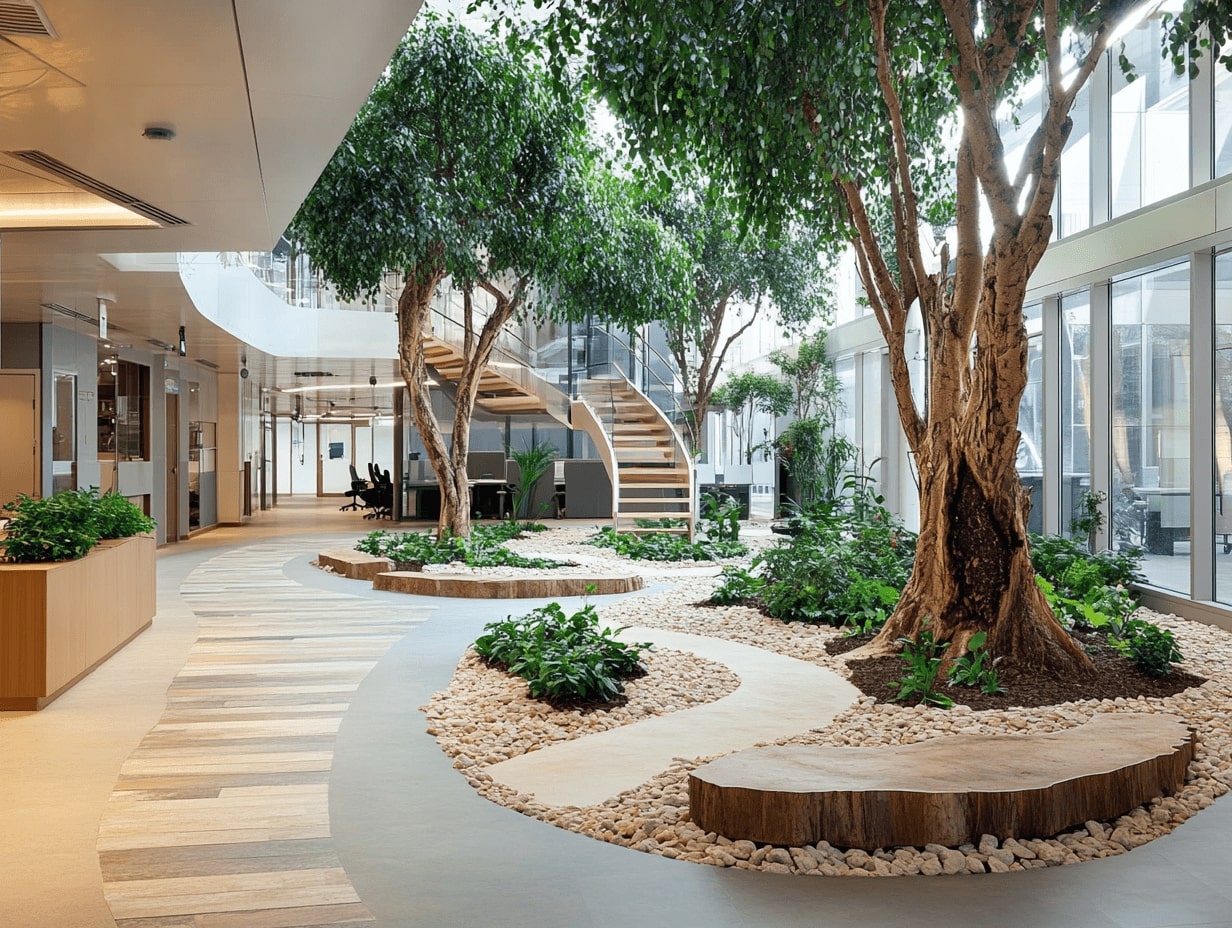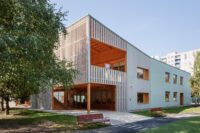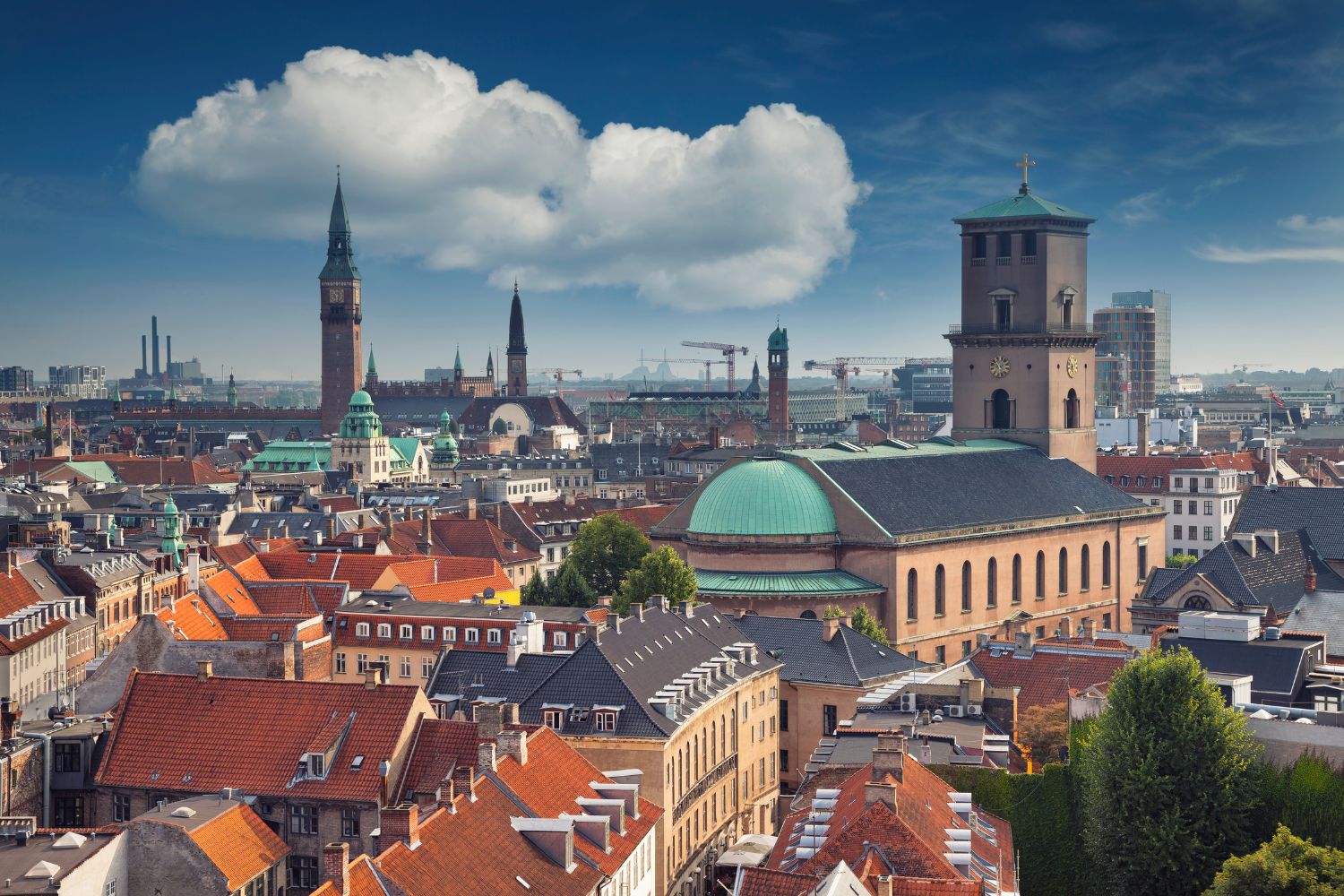- Home
- Articles
- Architectural Portfolio
- Architectral Presentation
- Inspirational Stories
- Architecture News
- Visualization
- BIM Industry
- Facade Design
- Parametric Design
- Career
- Landscape Architecture
- Construction
- Artificial Intelligence
- Sketching
- Design Softwares
- Diagrams
- Writing
- Architectural Tips
- Sustainability
- Courses
- Concept
- Technology
- History & Heritage
- Future of Architecture
- Guides & How-To
- Art & Culture
- Projects
- Interior Design
- Competitions
- Jobs
- Store
- Tools
- More
- Home
- Articles
- Architectural Portfolio
- Architectral Presentation
- Inspirational Stories
- Architecture News
- Visualization
- BIM Industry
- Facade Design
- Parametric Design
- Career
- Landscape Architecture
- Construction
- Artificial Intelligence
- Sketching
- Design Softwares
- Diagrams
- Writing
- Architectural Tips
- Sustainability
- Courses
- Concept
- Technology
- History & Heritage
- Future of Architecture
- Guides & How-To
- Art & Culture
- Projects
- Interior Design
- Competitions
- Jobs
- Store
- Tools
- More
Transforming Urban Spaces with Nature Integrated Architecture for Healthier Living
Discover the transformative power of nature integrated architecture in our latest article. Explore how harmonizing buildings with natural elements enhances well-being, promotes biodiversity, and addresses urbanization challenges. Learn about innovative designs like green roofs and biophilic features, backed by case studies from iconic projects worldwide.

As we face the growing challenges of urbanization and climate change, the concept of nature integrated architecture emerges as a beacon of hope. This innovative approach harmonizes our built environments with the natural world, creating spaces that not only respect but enhance their surroundings. By blending sustainable design principles with the beauty of nature, we can foster healthier living conditions and promote biodiversity.
Imagine stepping into a building where sunlight floods in through large windows, greenery wraps around structural elements, and the sounds of nature seamlessly blend with daily life. Nature integrated architecture goes beyond aesthetics; it’s about creating a symbiotic relationship between people and the environment. Join us as we explore the principles and benefits of this transformative design philosophy, and discover how it can shape the future of our cities.

Table of Contents
ToggleOverview of Nature Integrated Architecture
Nature integrated architecture focuses on merging natural ecosystems with urban design. This approach incorporates elements such as greenery, water features, and natural materials into the architecture, improving the interaction between built environments and surrounding nature.

Key features of nature integrated architecture include:
- Biophilic Design: Biophilic design enhances our connection to nature. This design philosophy uses natural light, ventilation, and organic materials to create inviting spaces.
- Green Infrastructure: Green roofs, living walls, and rain gardens promote biodiversity, manage stormwater effectively, and reduce urban heat. These features not only add aesthetic appeal but also provide ecological benefits.
- Sustainable Practices: Sustainable materials and energy-efficient systems align with environmental stewardship. We prioritize renewable energy and locally-sourced materials to minimize ecological footprints.
- Health Benefits: Integrating nature into architecture improves mental and physical health. Studies indicate that access to natural elements reduces stress and enhances well-being.
- Community Spaces: Nature integrated architecture fosters community interaction through shared outdoor spaces. Green parks and communal gardens invite social engagement and encourage environmental stewardship among residents.
By emphasizing these principles, nature integrated architecture transforms urban living, creating harmonious environments that respond to both human needs and ecological realities.
Principles of Nature Integrated Architecture
Nature integrated architecture embodies design principles that foster a strong connection between the built environment and nature. By focusing on biophilic design and sustainability, we create spaces that enhance well-being and promote ecological diversity.

Biophilic Design
Biophilic design plays a critical role in nature integrated architecture. We incorporate natural light, open spaces, and organic textures to create environments that connect us to the outdoors. This design approach includes:
- Natural light: We strategically position windows and skylights to maximize daylight, reducing reliance on artificial lighting.
- Organic materials: We use materials like wood and stone to bring a sense of nature inside, enhancing our sensory experience.
- Greenery integration: We cultivate indoor plants and green walls that not only beautify spaces but also improve air quality and emotional health.
- Water features: We often integrate elements like fountains or ponds, providing the soothing sounds of flowing water, which can reduce stress levels.
By using these aspects, biophilic design enhances our connection to nature while improving overall living conditions.
Sustainability
Sustainability represents another essential principle of nature integrated architecture. We implement sustainable practices to minimize environmental impact and enhance energy efficiency. Key features include:
- Green roofs: We design rooftops with vegetation to reduce heating and cooling loads, manage stormwater, and support local biodiversity.
- Locally-sourced materials: We prioritize materials from local suppliers, thereby reducing transportation emissions and supporting local economies.
- Renewable energy systems: We integrate solar panels, wind turbines, or geothermal systems to power buildings with clean energy.
- Water conservation techniques: We adopt rainwater harvesting and greywater reuse systems to promote water efficiency.
These sustainability practices not only contribute to the health of our planet but also create resilient and efficient living environments.
Benefits of Nature Integrated Architecture
Nature integrated architecture offers numerous benefits that span health, well-being, and environmental impact. This approach fosters a deeper connection between individuals and their surroundings, creating spaces that prioritize both personal and ecological health.

Health and Wellbeing
Health and well-being significantly improve in spaces designed with nature integration. Access to natural elements, such as plants and sunlight, can lower stress levels, enhance mood, and increase overall happiness. Studies show that exposure to nature boosts productivity by 15% and enhances cognitive functions. Natural lighting, as opposed to artificial lighting, reduces eye strain and promotes better sleep patterns. Additionally, incorporating greenery in our environments encourages physical activity, as many designs include walking paths and outdoor lounges, promoting a more active lifestyle.
Environmental Impact
Nature integrated architecture positively influences the environment by enhancing biodiversity and reducing the carbon footprint of urban areas. Green roofs and living walls not only provide insulation but also support various plant and animal species. Buildings utilizing renewable energy sources decrease reliance on fossil fuels, leading to lower greenhouse gas emissions. Implementing sustainable practices, such as rainwater harvesting and stormwater management systems, conserves precious water resources while minimizing runoff. By integrating nature within our architectural designs, we create resilient ecosystems that support both contemporary living space needs and environmental preservation.
Case Studies of Nature Integrated Architecture
Exploring case studies reveals the practical application of nature integrated architecture. These projects exemplify our commitment to creating spaces that foster harmony between humans and nature.

Successful Projects
- The Bosco Verticale (Vertical Forest), Milan, Italy
This residential project features twin skyscrapers adorned with over 9,000 trees and 20,000 plants. Such greenery improves air quality and promotes biodiversity within an urban setting.
- Växjö City Hall, Sweden
The design integrates extensive wood materials and green spaces around the building. The structure demonstrates energy efficiency while enhancing its surroundings.
- The Eden Project, Cornwall, UK
This ecological park consists of geodesic domes housing diverse biomes. The architecture embraces natural light and local flora while educating visitors about environmental sustainability.
- One Central Park, Sydney, Australia
This luxury apartment complex features green walls and rooftop gardens. These elements not only beautify the space but also reduce heat and improve biodiversity in the city.
- K. D. K. International School, Mumbai, India
This educational facility incorporates natural light and organic materials extensively. The design prioritizes mental well-being and outdoor learning environments for students.
Lessons Learned
- Integration with Local Ecosystems
Successful projects show the importance of designing with local flora and fauna in mind. This approach enhances biodiversity and fosters ecological resilience.
- Community Engagement
Involving local communities during the design process yields spaces that reflect regional characteristics and meet specific needs, ensuring the architecture serves its occupants well.
- Sustainability Measures
Effective utilization of renewable energy sources and sustainable materials proves essential in minimizing environmental impacts. Projects showcase how these strategies contribute to reducing carbon footprints.
- Health Benefits
Incorporating natural elements consistently correlates with improved health outcomes for occupants. Studies indicate that access to biophilic elements promotes mental well-being and overall satisfaction.
- Flexibility in Design
Nature integrated architecture thrives on adaptability. Successful projects illustrate the need for flexible designs that can accommodate changing environmental conditions and user needs.
These successful projects and lessons learned guide us in refining our approach to nature integrated architecture, assuring we foster sustainability and enhance human-nature connections effectively.
Future of Nature Integrated Architecture
The future of nature integrated architecture promises innovative solutions that address urbanization and climate change challenges. Embracing biophilic design principles enhances our connection to nature while creating healthier living spaces. Advances in technology play a crucial role, with smart materials incorporating real-time environmental feedback, further blending buildings with their surroundings.

Emerging trends in green infrastructure, such as vertical gardens and living walls, showcase our commitment to promoting biodiversity. These elements not only enhance aesthetics but also improve air quality and manage stormwater effectively. As cities explore regenerative designs, architects are prioritizing sustainable practices. Utilizing renewable energy systems, incorporating circular economy principles, and embracing waste minimization practices will define the future landscape of urban architecture.
Health benefits remain a core focus. Integrating nature into architectural designs supports emotional well-being and enhances cognitive functions. Recent studies indicate that access to green spaces can lower stress levels by up to 60%. As we recognize these advantages, community-focused designs will foster social interaction and environmental stewardship, promoting a culture of active engagement.
We anticipate the expansion of nature integrated architecture into various sectors. Educational institutions, healthcare facilities, and corporate offices are increasingly adopting these principles. By prioritizing human-nature connections, we shape environments that cater to physical, mental, and emotional health.
Looking ahead, the designs will adapt to suit climate variations and urban contexts. Architects will focus on flexible, responsive buildings that evolve alongside environmental needs. The success of projects like the Bosco Verticale and the Eden Project sets benchmarks for future developments. As we incorporate lessons learned from these cases, we redefine urban living, creating resilient ecosystems that support both human needs and ecological integrity.
Conclusion
Nature integrated architecture represents a pivotal shift in the way we approach building design, addressing both urbanization and climate change. We recognize its vital role in fostering connections between people and the environment, enhancing our overall quality of life.
Incorporating key features like biophilic design and green infrastructure allows us to create spaces that maximize natural light, utilize organic materials, and introduce greenery. Through sustainable practices, such as renewable energy systems and water conservation techniques, we minimize environmental impact, ensuring resilience in our living spaces.
The health benefits tied to nature integrated architecture are substantial. Access to natural elements not only promotes well-being but also improves productivity, with studies indicating a remarkable 15% boost. By seamlessly blending architectural design with nature, we contribute to enhanced biodiversity and reduced urban carbon footprints, reinforcing our commitment to environmental stewardship.
Exploring successful case studies like Bosco Verticale and the Eden Project demonstrates the practical applications of nature integrated architecture. These projects showcase the significance of community engagement and adaptability in design, paving the way for future innovations that respond to evolving environmental challenges.
With emerging trends like vertical gardens and smart materials, we see a promising horizon for integrating nature into our built environments. Anticipating a broader incorporation of these principles across diverse sectors further underscores our potential to cultivate healthier, more sustainable communities. Nature integrated architecture stands at the forefront of creating spaces that align with our collective needs while honoring ecological integrity.
- architectural design with nature
- architecture and nature
- biophilic architecture
- eco-conscious architecture
- eco-friendly building design
- Environmental Architecture
- environmentally integrated design
- green building solutions
- Landscape Architecture
- natural material architecture
- nature architecture design
- nature-inspired architecture
- organic architecture design
- sustainable architecture
- sustainable building design
I create and manage digital content for architecture-focused platforms, specializing in blog writing, short-form video editing, visual content production, and social media coordination. With a strong background in project and team management, I bring structure and creativity to every stage of content production. My skills in marketing, visual design, and strategic planning enable me to deliver impactful, brand-aligned results.
Submit your architectural projects
Follow these steps for submission your project. Submission FormLatest Posts
Copenhagen Named the Happiest City in the World in 2025
Copenhagen has been named the happiest city in the world in 2025...
Frank Gehry’s Transformative Ideas in Urban Design
Frank Gehry’s influence extends far beyond expressive architecture; his ideas have reshaped...
Architecture as Infrastructure: Designing Beyond Buildings
Architecture as infrastructure reframes cities as systems—flows, lifecycles, and value. Explore resilient...
Designing for Emotional Urbanism: How We Shape Cities People Actually Feel Good In
Emotional Urbanism: a practical guide to design that reduces stress, boosts dwell...












Leave a comment